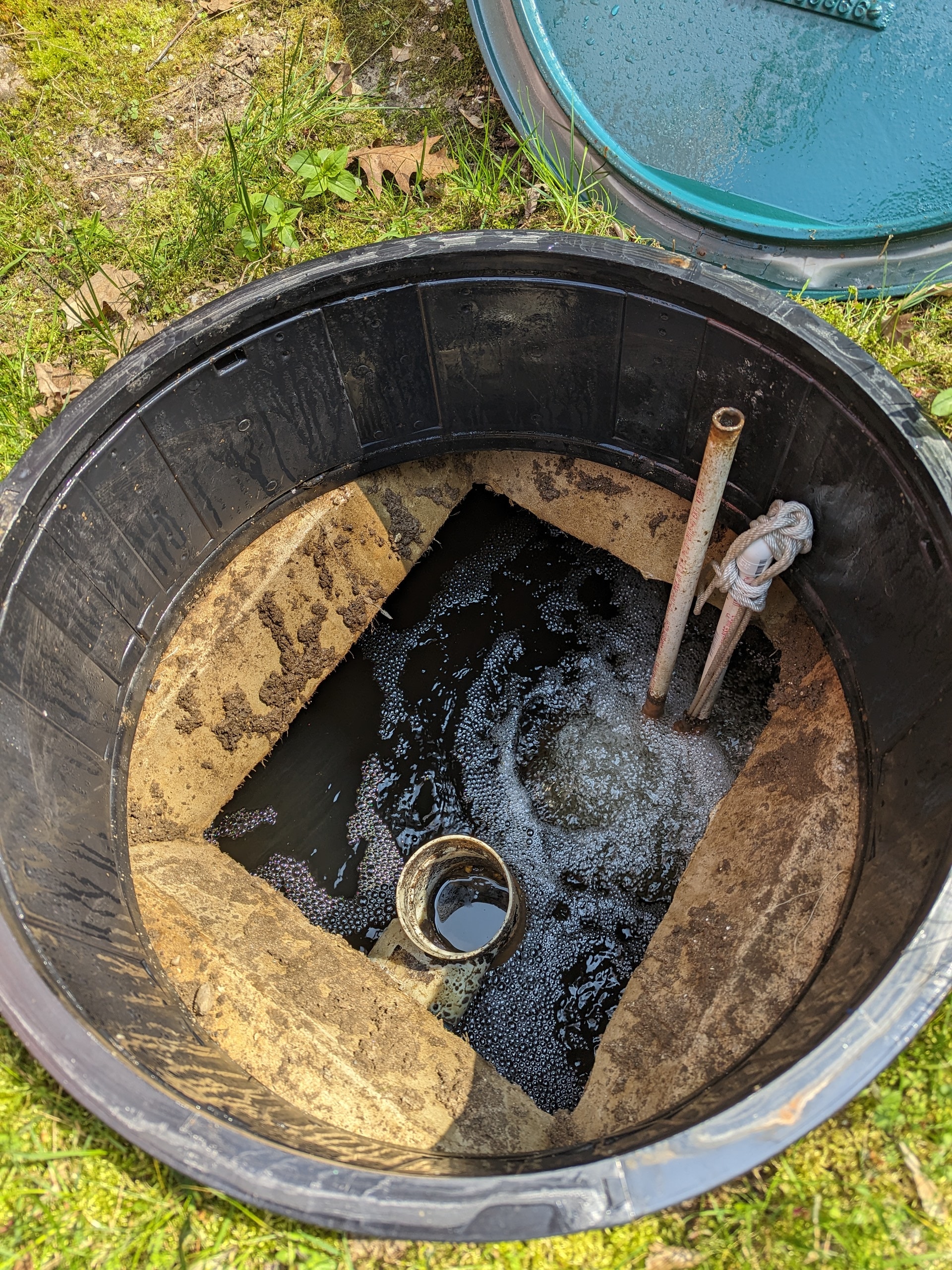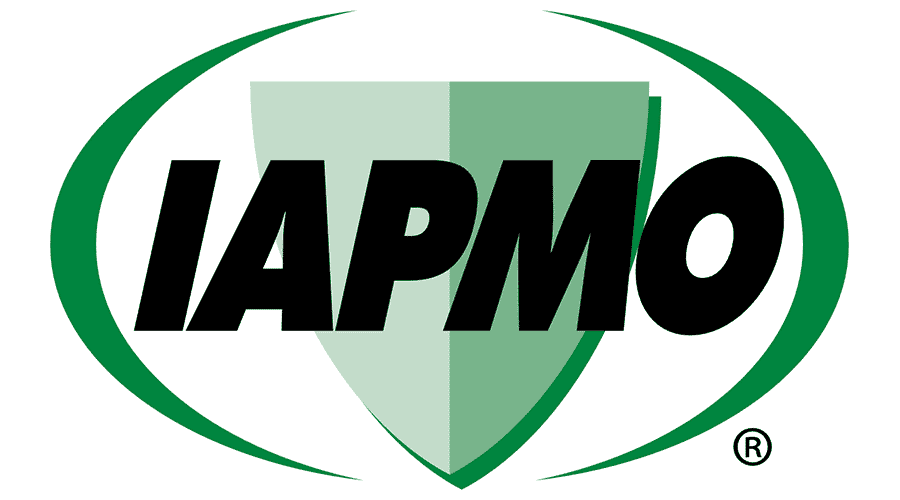The term “septic” literally means infected with bacteria. Sepsis is a severe condition that kills thousands of people every year. So why would anybody want a “septic” tank out in their yard? It seems ridiculous, but for well over a century, septic tanks are what we have used to try to safely treat the human waste that comes from our toilets and other household plumbing fixtures. And if you look inside a typical septic tank, it looks and smells as bad as any septic wound.
Septic waste is so nasty because the septic tank is anaerobic, meaning “without oxygen .” The way traditional septic systems deal with this is to let the tank capture the solids, things like feces, food waste, or toilet paper, and hold them for eventual elimination with a pump truck. These solids obviously will clog up a disposal pipe, so the tank only lets the liquid portion out of the tank.
But the liquid still has a high concentration of dissolved organic material that will ultimately accumulate in the environment, spreading septic conditions everywhere. Obviously, a bad thing. This organic material can’t be digested without oxygen. The best way to remove it from the liquid is by letting bacteria use oxygen to convert organic carbon to CO2 gas, which can escape into the air, eliminating it from the water.
We do this with septic tank waste in the soil. Water moves through soil grains by the process of capillary flow. This is because water is unique. The way the hydrogens and oxygens line up makes the individual water molecule behave like a tiny magnet, with positive hydrogens on one side and negative oxygen on the other. The charge on the water molecule is attracted to the charges on the soil particles, and water creeps along the surface of the soil particles in a micro-thin layer. Since there are gaps between the soil particles, air can get in. This makes it readily available to the bacteria that colonize the grains in this liquid microlayer, giving them plenty of oxygen for digestion.
But capillary flow only works when there is an air/water interface. Too much water saturates the soil, and oxygen can’t reach the bacteria. Water does not hold much oxygen, so the bacteria use it, and the environment becomes anaerobic. With septic waste, we continuously send bacteria that live in our intestines via toilet waste. These bacteria live in an environment with enzymes and acids continuously attacking them, so they protect themselves with a layer of mucus. When they get in the soil, they will be killed by oxygen if conditions stay aerobic. But in saturated conditions, only the anaerobic bacteria will survive, and they then secrete more mucus to protect themselves from the oxygen itself.
Mucus is an essential compound in nature. It serves a wide variety of functions in the living world. Chemically it is a sugar/protein combo that forms long chains. It creates very sticky conditions, and if it accumulates in soil, it will clog the soil so liquid cannot percolate through it. This is exactly why leach fields receiving septic waste tend to fail over time.
This all gets back to the question of why we have septic tanks. SludgeHammer was created to eliminate septic tanks, not by removing the tank, but by removing the septic conditions. We do this with air and with a unique blend of bacteria. The SludgeHammer bioreactor uses air to circulate tens of thousands of gallons through it every single day. Our SludgeHammer Blend™ bacteria are introduced into it, creating a colony of bacteria that consumes virtually all the organic matter that normally creates nasty anaerobic conditions in the tank.
But these bacteria have a special feature that makes them crucial to the life of the soil surrounding the leach system. These bacteria are called “facultative” because while they need oxygen, they can get it from the air, but they can also get it in chemical form from foods that contain oxygen. These include any sugar compound. Sugar is C6H12O6 which means each molecule has six oxygen atoms in it. And, since the mucus slime that clogs leach fields is a long-chain sugar molecule, our bacteria can digest it through fermentation. So even if there is no oxygen in the leach trench, it’s there for our bacteria in the food. The mucus disappears, and the waste gets the processing it needs in the soil to protect the environment.






